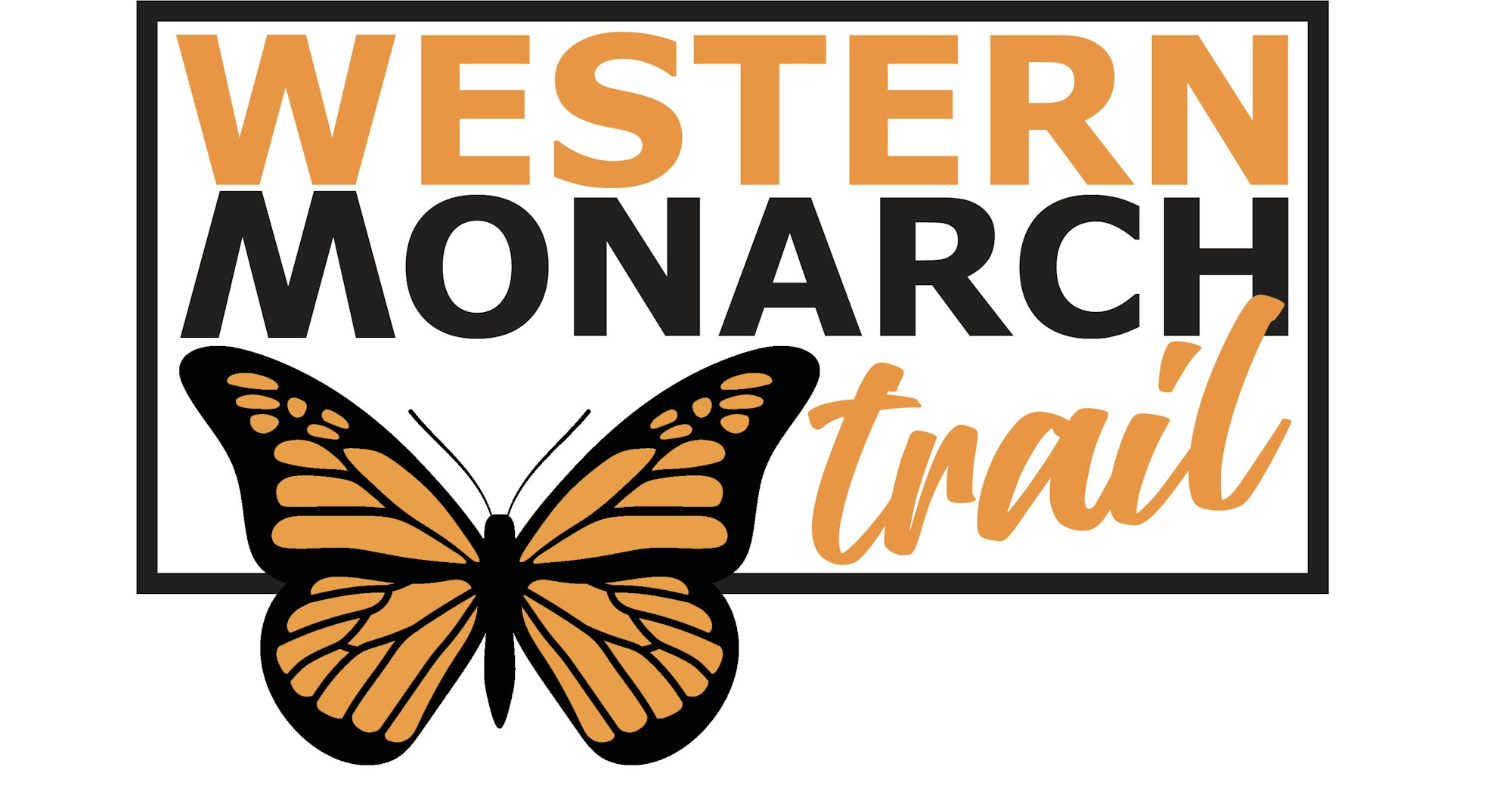Wildlife & Pollinator Habitat Improvement
Through multiple partnerships and grant programs, the US-LTRCD is doing our part to restore and enhance habitat for wildlife and pollinators on the Central Coast. See below for specific information on the work we are doing to help the iconic Monarch butterfly.


Western monarch populations have dropped by over 99% since the 1980s (Pelton EM, et. al., 2019). Studies indicate the critical importance of restoring breeding and migratory habitat in California as monarch populations may be near their extinction threshold. Farmers and ranchers on the Central Coast manage essential overwintering and migratory habitat for western monarch populations. In 2021, the US-LT RCD was awarded multiple grants to help improve monarch habitat on working lands within our district. While many landowners may be interested in doing their part to help this iconic species, the cost for planning, implementing, and maintaining monarch habitat can be prohibitive. Our grant funding helps provide technical guidance to landowners to improve monarch habitat through site specific plans and native species recommendations.

The US-LT RCD is a proud supporter of the Western Monarch Trail. The Western Monarch Trail project is a multi-agency collaboration with representatives from federal and state agencies, non-profit organizations and private entities taking a grass roots approach to educating, advocating and making change in support of the western monarch. Lead partners include The Xerces Society, U.S. Fish and Wildlife Services, California State Parks, the California Department of Fish and Wildlife, the Central Coast State Parks Association, and the Western Association of Fish and Wildlife Agencies. The Western Monarch Trail follows the migration route of the western monarch butterfly. Sites along this route provide shelter for butterflies during the winter, nectar to feed migrating monarchs and native milkweed to feed their larvae. Signage along the trail identifies crucial overwintering and nectaring locations for western monarchs, providing the public with consistent, up-to-date information on their status, as well as efforts to restore their populations. Learn more about the Western Monarch Trail by following this link! We are excited to collaborate on monarch conservation to scale up and speed up restoration efforts on the Central Coast. If you are interested in learning more, or would like to become part of the Regional Monarch Working Group, please contact Hailey Leurck at hailey@us-ltrcd.org
For a list of California native nectar and shelter plants critical for monarchs, click the link below:
US-LT RCD Monarch Plant List.pdf
